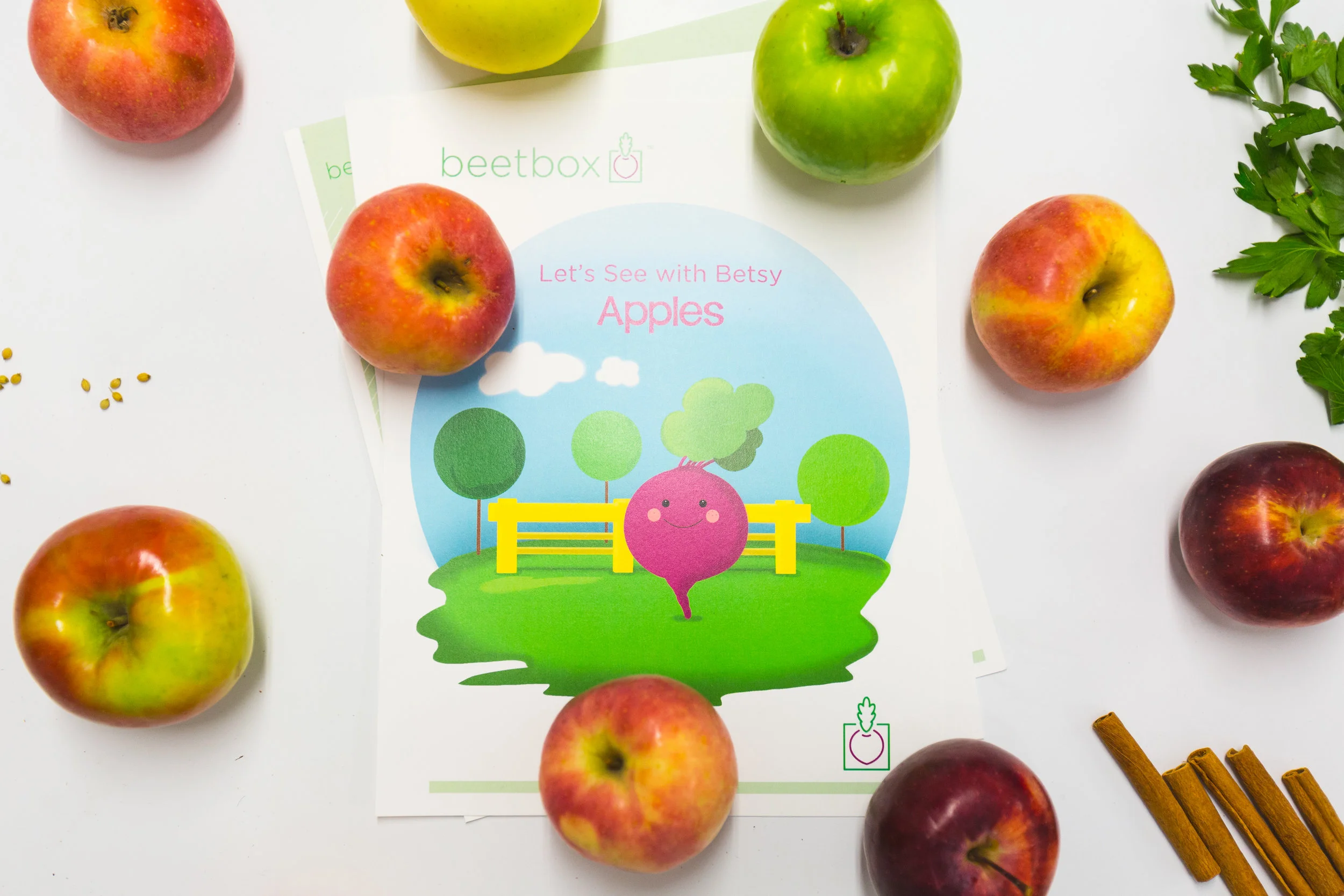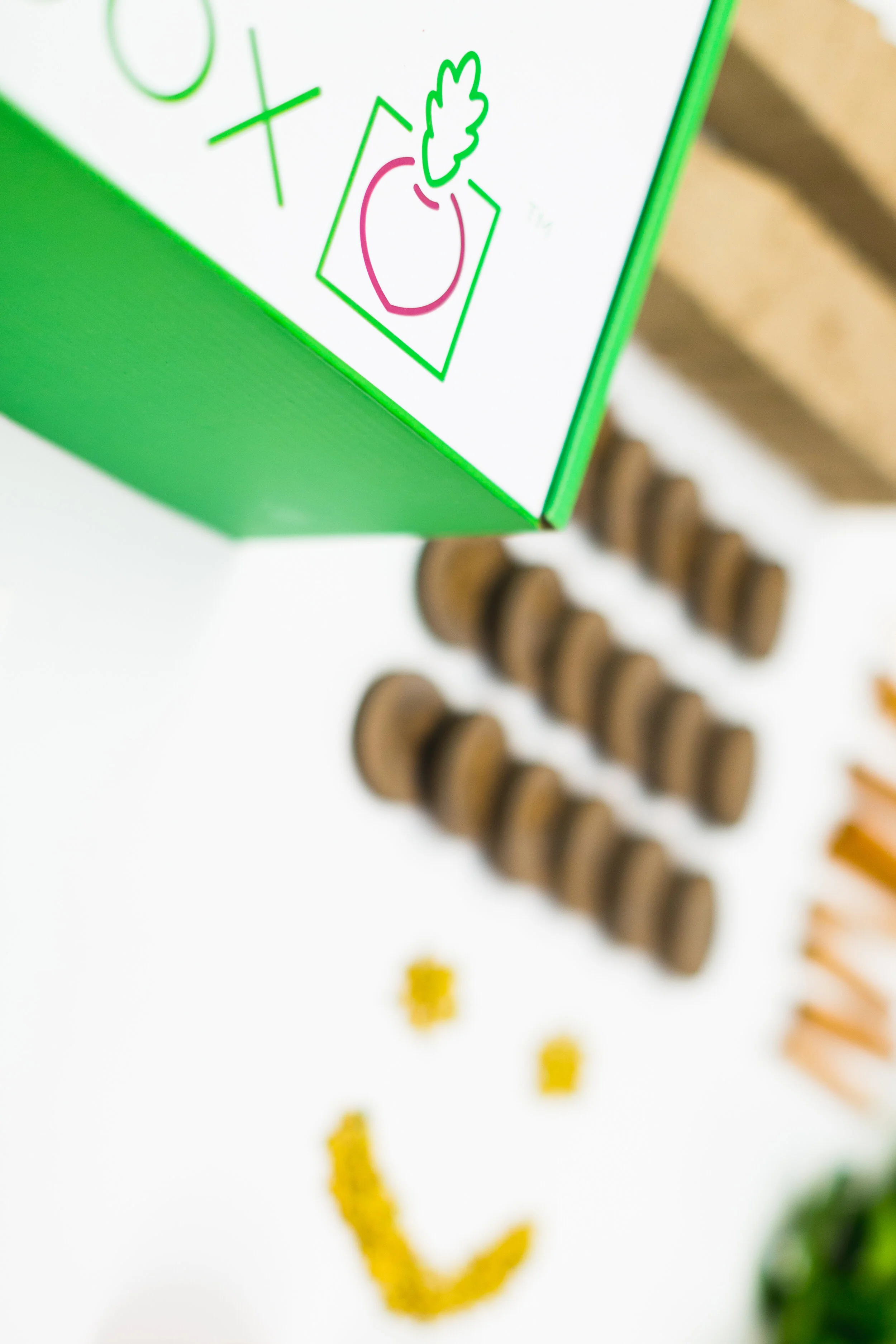Literacy and STEAM: A Perfect Pair
Do literacy and STEAM go hand in hand? They can, and they should! Mixing literacy with STEAM concepts helps students and teachers go beyond simply adhering to learning standards and objectives. Strong literacy skills can help students better understand critical learning concepts and problem solving on a deeper level.
Literacy helps us to convey how we share and observe information. If we look at Common Core and NGSS we see instances where communicating and speaking are important pieces of anything from a mathematical equation to a science experiment. Building literacy skills will lend a hand in children exploring STEAM subjects on their own, and even take their skills set outside the classroom throughout their educational journey, and into their careers.
As educators, if we’re able to pair some of our STEAM and literacy lessons together, we can foster children who love to read and write, and those who prefer to build and play. Follow these quick ideas to easily pair your STEAM and literacy lessons, and leave your own ideas in the comments below:
Students lead the lessons: encourage children to come up with their own hands-on lesson plan that includes science experiments, and engineering or art projects surrounding what the classroom is currently reading, or any relevant literacy theme. For example: are children reading a book about outer space? Encourage them to make an artistic version of the solar system or constellations, engineer a space ship, or conduct a science experiment using gravity as the theme.
KWL chart: These charts (What we know, what we want to know, what we will learn) are typical for a broad range of units, but they’re actually perfect to bridge the gap between a STEAM activity and a story. Let’s say your students are reading a book about the ocean, and your STEAM extension is a science experiment involving density and salt water. You can create a KWL chart before the science experiment, with content such as: “we know the ocean has salty water”, “we know we can float in the ocean", “what kind of animals can live in salty water?”, “can people drink salt water?”, and “does more salt make you float more, or less?”
Build on Stories: with science experiments, sensory centers, or loose parts. For example: a story you’ve read is set in New York City. Encourage students to design for their own city, or a version of the stories city, and provide loose parts for building a model. They can create art work, or partake in engineering activities surrounding the model. How many stop lights would the city have? How many roads, and what would they look like on a map? Knowing the story, what would the billboards around the city say? What colors would the buildings be? For younger children, a story themed sensory bin can be an exciting way to bring a story to life. For an example, plus an exciting lesson idea, click here.
Real World Problems: in most forms of literacy we have a character, or multiple characters who have set out to solve a problem. But what if this problem existed in real life? This exercise is particularly interesting if your literature is a fiction work. Let’s say children are reading an exciting story about the Oregon Trail. Give them a challenge, for example: “You and 3 family members are riding your wagon when you come to a flowing river. You need to cross the river, and have a rope, 5 bricks, 4 wooden boxes. How can you use your supplies to get across the river?
Create and Build characters and/or settings: use art, engineering, coding, apps, computers, or loose parts. Reading a story based in San Francisco? Assign children to create a realistic model of the Golden Gate bridge using recycled materials, or code a pathway for their cable cars. Was there a favorite character? A villain? A “good guy?”. What would they wear? How would they sound when they speak? Where would they live, what kind of home? Encourage children to engineer, build, or design any or all of the above elements.
Each of our beetbox learning kits contain a story or reading list, linking STEAM and literacy into one, making YOUR life easier! Curious? Click HERE.














